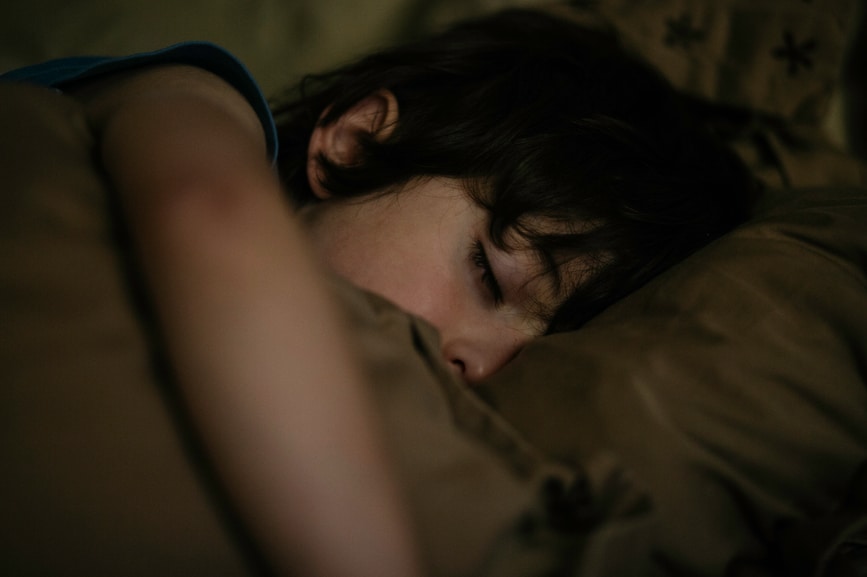As part of the University of Colorado Department of Medicine’s annual Research Day, held on April 23, faculty member Christine Swanson, MD, MCR, described her National Institutes of Health-funded clinical research on whether adequate sleep can help prevent osteoporosis.
“Osteoporosis can arise from various factors such as hormonal shifts, aging, and lifestyle choices,” explained Swanson, an associate professor in the Division of Endocrinology, Metabolism, and Diabetes. “However, some patients present with osteoporosis without a clear cause. Hence, it’s crucial to explore novel risk factors, considering factors that evolve over time like bone density — sleep being one of them.”
Understanding the Evolution of Bone Density and Sleep Patterns
Swanson outlined how individuals typically reach peak bone mineral density in their early to mid-20s, with men generally having higher peak levels than women. This peak serves as a critical determinant of fracture risk in later life. Following this peak, bone density typically remains stable for several decades before women entering menopause experience accelerated bone loss, alongside a natural decline in bone density seen with aging in both genders.
Similarly, sleep patterns undergo changes over time. As individuals age, total sleep time decreases, accompanied by alterations in sleep composition. For instance, sleep latency (the time taken to fall asleep) increases, while deep restorative sleep known as slow wave sleep decreases.
Swanson highlighted that circadian phase preference, indicating individuals’ preferred sleep and wake times, also changes with age in both men and women.
Exploring the Connection Between Sleep and Bone Health
Swanson explained that genes regulating the body’s internal clock are present in bone cells. These cells release certain substances into the bloodstream during bone resorption and formation, reflecting the extent of bone turnover. The rhythmic fluctuations of these substances suggest a potential link between sleep and bone health.
To investigate this further, Swanson and her team studied how bone turnover markers responded to cumulative sleep restriction and circadian disruption in a controlled inpatient environment. Participants were subjected to a 28-hour schedule, simulating the effects of rotating night shift work.
The findings revealed significant detrimental changes in bone turnover markers, particularly declines in markers of bone formation, which were more pronounced in younger individuals of both sexes. Young women also exhibited notable increases in bone resorption markers.
Implications and Ongoing Research
Swanson emphasized that reduced bone formation coupled with ongoing bone resorption over time could lead to bone loss, osteoporosis, and increased fracture risk. Younger women may be particularly vulnerable to the adverse effects of poor sleep on bone health.
Research in this area remains ongoing, shedding light on the intricate relationship between sleep patterns and bone metabolism, with potential implications for osteoporosis prevention and management strategies.
Source: Science Daily







